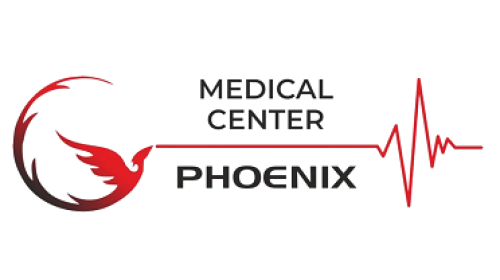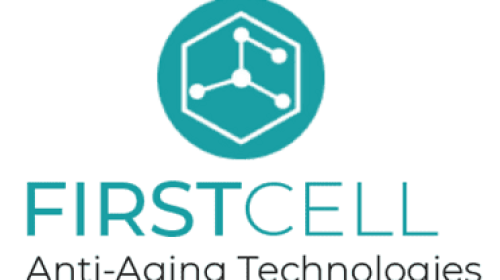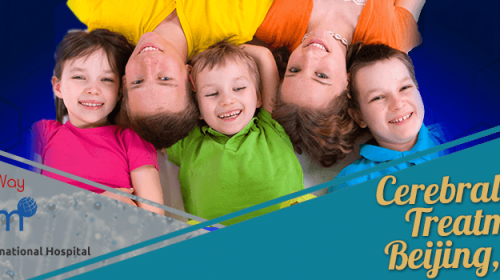Advancing Hope with Revolutionary Stem Cell Treatment for Cerebral Palsy
Cerebral palsy is a neurological disorder that affects movement, muscle control, and coordination. It is caused by damage to the developing brain, usually occurring before or during birth, although it can also be acquired in early childhood. The condition is non-progressive, meaning that the initial brain injury does not worsen over time, but the symptoms and their severity can vary greatly from person to person.
The most common causes of cerebral palsy include prenatal factors such as infections, maternal health issues, or brain malformations, as well as complications during childbirth or in the early years of life. While the exact mechanisms behind cerebral palsy are still being studied, it is widely understood that the damage to the brain disrupts the normal development and functioning of motor control, resulting in difficulties with movement and posture.
Individuals with cerebral palsy may experience a range of symptoms, including muscle stiffness or rigidity, involuntary movements, poor coordination, balance problems, and challenges with speech and swallowing. The severity of these symptoms can vary, with some individuals having mild impairments while others may require significant assistance for daily activities.

How does Stem Cell Therapy help Cerebral Palsy?
Stem cells have the potential to develop into different types of cells in the body, and they also have the ability to promote tissue repair and regeneration. Researchers hypothesize that by introducing stem cells into the affected areas of the brain, they may be able to promote the repair of damaged neural tissue and improve the symptoms associated with cerebral palsy.
There are different types of stem cells that can be used in research and experimental treatments, including embryonic stem cells, adult stem cells, and induced pluripotent stem cells. These stem cells can be derived from various sources, such as embryos, bone marrow, umbilical cord blood, or even the patient’s own cells.
Procedure of Stem Cell Therapy for Cerebral Palsy
Patient Evaluation
The first step involves a thorough evaluation of the patient’s medical history, physical examination, and diagnostic tests to confirm the diagnosis of cerebral palsy and assess the severity of the condition.
Stem Cell Source Selection
The next step involves selecting the appropriate source of stem cells for the therapy. The source of stem cells may depend on factors like availability, safety, ethical considerations, and the expertise of the medical team.
Stem Cell Harvesting
Once the stem cell source is determined, the next step involves harvesting the stem cells. The method of stem cell collection may depend on the chosen source.
Stem Cell Administration
After harvesting the stem cells, they are prepared for administration. The administration of stem cells can occur through various routes, including IV infusion, intrathecal injection or direct injection into the affected area of the brain.
Monitoring and Rehabilitation
Following stem cell administration, patients are typically monitored closely for any adverse reactions or side effects. They may undergo regular follow-up evaluations to assess their progress and the potential effects of the therapy.
Long-term Follow-up
Long-term follow-up is crucial to evaluate the sustained effects and safety of stem cell therapy. Patients are usually monitored over an extended period to assess any improvements in motor function, cognitive abilities, and overall quality of life.
Best Cerebral Palsy Treatment Clinics in the World
America, Mexico, Tijuana
America, Mexico, San Pedro Garza Garcia
Asia, Kuala Lumpur, Malaysia
Stem Cell Therapy Packages for Cerebral Palsy Worldwide
Stem Cell Therapy for Anti Aging Success Stories
Don’t wait another day to explore the transformative potential of stem cell treatment for cerebral palsy. Book your consultation with PlacidWay now and take a significant step towards a brighter future. Reclaim your life, regain your independence, and unlock new possibilities. The path to a better tomorrow starts today.
Frequently Asked Questions
What are the potential benefits of stem cell therapy for cerebral palsy?
The potential benefits of stem cell therapy for cerebral palsy may vary from person to person. Some potential benefits include improved motor function, reduced muscle spasticity, enhanced coordination and balance, increased speech and language abilities, improved cognitive function, and an overall enhanced quality of life.
Is stem cell therapy for cerebral palsy safe?
Stem cell therapy for cerebral palsy has shown promising results, but like any medical procedure, it carries certain risks. It is important to choose a reputable medical center or clinic that adheres to strict safety protocols and ethical guidelines. The safety of the procedure also depends on factors such as the source of stem cells, the expertise of the medical team, and the patient’s individual health condition.
Is stem cell therapy a cure for cerebral palsy?
Stem cell therapy is not considered a cure for cerebral palsy. However, it has the potential to improve symptoms, enhance function, and provide a better quality of life for individuals with cerebral palsy. The degree of improvement varies from person to person, and it’s important to have realistic expectations.
Are there any age restrictions for stem cell therapy for cerebral palsy?
Age restrictions for stem cell therapy can vary depending on the medical center or clinic and the specific protocols they follow. Some centers may have age limits, while others may consider patients of all ages. It’s important to consult with the medical professionals or the facility offering the treatment to understand their specific guidelines.
How long does the treatment typically last?
The duration of stem cell therapy for cerebral palsy can vary depending on the treatment protocol and the patient’s individual response. In some cases, a single session may be sufficient, while in others, multiple sessions may be recommended over a specific period of time. The medical team will determine the treatment plan based on the individual needs of the patient.
Request Free Quote











